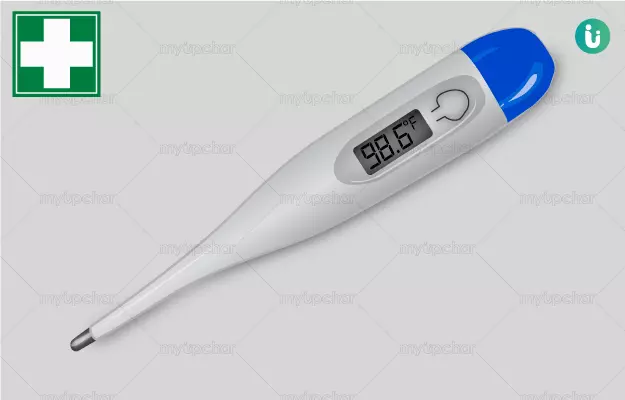Thermometers are the first medical instruments that we encounter as children. It is important to measure temperature as it indicates underlying infections. Our understanding of what a normal temperature is has now changed; the time-tested 98.6°F has been challenged and normal temperature is now thought of in terms of a range between 97-99°F. A temperature of over 100.4°F is considered a fever, and the range between 99-100°F is considered a low grade fever.
Read about normal body temperature.
A thermometer is a device that measures the temperature of an object. There are many types of thermometers that you can use to check your temperature, and a big distinction is between mercury and digital thermometers. The former has now fallen out of favour because of the dangers of mercury and the convenience and speed of digital thermometers.
It is important to know how to accurately measure your temperature, as incorrect readings can lead you to take the wrong steps.
Read about home remedies for fevers.
Here is a list of different types of thermometers and how to use them.













































